 W
WThe Chichibu incident was a large-scale peasant revolt in November 1884 in Chichibu, Saitama, a short distance from Japan's capital. It lasted about two weeks.
 W
WThe February 26 Incident was an attempted coup d'état in the Empire of Japan on 26 February 1936. It was organized by a group of young Imperial Japanese Army (IJA) officers with the goal of purging the government and military leadership of their factional rivals and ideological opponents.
 W
WThe Fujiwara no Hirotsugu rebellion was an unsuccessful Nara period rebellion led by Fujiwara no Hirotsugu (藤原広嗣) in the Japanese islands, in the year 740. Hirotsugu, dissatisfied with the political powers, raised an army in Dazaifu, Kyushu but was defeated by government forces.
 W
WThe Hagi Rebellion was an uprising against the Meiji government of Japan that occurred in Hagi from 28 October 1876 to 5 November 1876.
 W
WThe Kinmon incident , also known as the Hamaguri Gate Rebellion , was a rebellion against the Tokugawa shogunate that took place on August 20 [lunar calendar: 19th day, 7th month], 1864, near the Imperial Palace in Kyoto.
 W
WThe Heiji rebellion was a short civil war between rival subjects of the cloistered Emperor Go-Shirakawa of Japan in 1160 fought in order to resolve a dispute about political power. It was preceded by the Hōgen Rebellion in 1156. Heiji no ran is seen as a direct outcome of the earlier armed dispute; but unlike Hōgen no ran, which was a dispute between members of the same clan, this was rather a struggle for power between two rival clans. It is also seen as a precursor of a broader civil war.
 W
WThe Hibiya incendiary incident , also known as the Hibiya riots, was a major riot that occurred in Tokyo, Japan, from 5 to 7 September 1905. Residents of Tokyo protesting in Hibiya Park against the terms of the Treaty of Portsmouth ending the Russo-Japanese War escalated into a violent two-day citywide riot when the police attempted to suppress the protest. The Hibiya incendiary incident resulted in the death of 17 people, led to the collapse of the government of Katsura Tarō, and is considered the first event of the Era of Popular Violence.
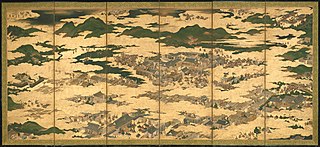 W
WThe Hōgen rebellion was a short civil war fought in order to resolve a dispute about Japanese Imperial succession. The dispute was also about the degree of control exercised by the Fujiwara clan who had become hereditary Imperial regents during the Heian period.
 W
WThe Jōkyō uprising , or the Kasuke uprising, was a large-scale peasant uprising that happened in 1686 in Azumidaira, Japan. Azumidaira at that time, was a part of the Matsumoto Domain under the control of the Tokugawa shogunate. The domain was ruled by the Mizuno clan at the time.
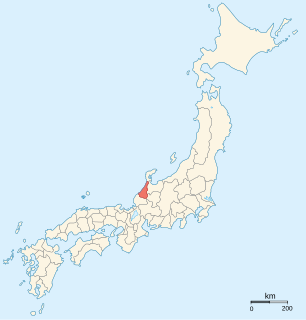 W
WThe Kaga Rebellion or Chōkyō Uprising was a large-scale revolt in Kaga Province, Japan, in late 1487 through 1488. Togashi Masachika, who ruled Kaga Province as shugo, had been restored to power in 1473 with aid from the Asakura clan as well as the Ikkō-ikki, a loose collection of lesser nobility, monks, and farmers. By 1474, however, the Ikkō-ikki grew discontent with Masachika, and launched some initial revolts, which were easily quelled. In 1487, when Masachika left on a military campaign, between 100,000 and 200,000 Ikkō-ikki revolted. Masachika returned with his army, but the Ikkō-ikki, backed by several disaffected vassal families, overwhelmed his army and surrounded him in his palace, where he committed seppuku. The former vassals of Masachika granted the position of shugo to Masachika's uncle Yasutaka, but over the next several decades, the Ikkō-ikki increased their political hold on the province, which they would effectively control for almost a century.
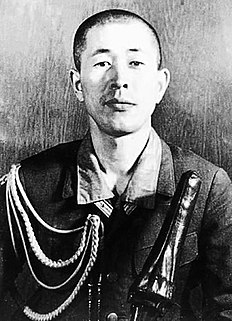 W
WThe Kyūjō incident was an attempted military coup d'état in the Empire of Japan at the end of the Second World War. It happened on the night of 14–15 August 1945, just before the announcement of Japan's surrender to the Allies. The coup was attempted by the Staff Office of the Ministry of War of Japan and many from the Imperial Guard to stop the move to surrender.
 W
WThe Matsue incident, also known as the Matsue Riot incident, Imperial Voluntary Army incident, or the Shimane Prefectural Office incendiarism, was an incident that occurred in Japan immediately after the Japanese surrender on August 15. The incident was staged by about forty dissidents, who attacked facilities in Matsue City, Shimane Prefecture, at dawn on August 24, 1945, resulting in one fatality.
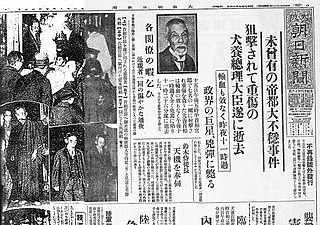 W
WThe May 15 Incident was an attempted coup d'état in the Empire of Japan, on May 15, 1932, launched by reactionary elements of the Imperial Japanese Navy, aided by cadets in the Imperial Japanese Army and civilian remnants of the ultra nationalist League of Blood. Prime Minister Inukai Tsuyoshi was assassinated by 11 young naval officers. The following trial and popular support of the Japanese population led to extremely light sentences for the assassins, strengthening the rising power of Japanese militarism and weakening democracy and the rule of law in the Empire of Japan.
 W
WThe Mito rebellion , also called the Kantō Insurrection or the Tengutō Rebellion , was a civil war that occurred in the area of Mito Domain in Japan between May 1864 and January 1865. It involved an uprising and terrorist actions against the central power of the Shogunate in favour of the sonnō jōi policy.
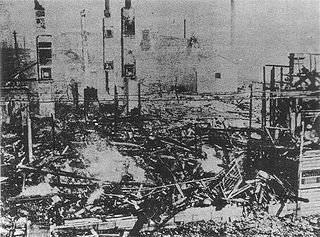 W
WThe rice riots of 1918 were a series of popular disturbances that erupted throughout Japan from July to September 1918, which brought about the collapse of the Terauchi Masatake administration.
 W
WThe Rokugō rebellion was a last stand of over 1,000 rōnin in 1603, who had been samurai in service of Onodera Yoshimichi until his defeat and exile by the Tokugawa shogunate's followers in 1601. Refusing to submit to the new ruler of Yoshimichi's former lands, Satake Yoshinobu, the rōnin launched an unsuccessful rebellion at Rokugō in "a final suicidal gesture" for their old master Yoshimichi, to whom they remained loyal.
 W
WThe Saga Rebellion was an 1874 uprising in Kyūshū against the new Meiji government of Japan. It was led by Etō Shinpei and Shima Yoshitake in their native domain of Hizen.
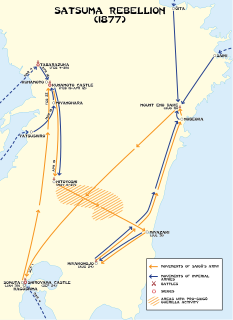 W
WThe Satsuma Rebellion, also known as the Seinan War was a revolt of disaffected samurai against the new imperial government, nine years into the Meiji Era. Its name comes from the Satsuma Domain, which had been influential in the Restoration and became home to unemployed samurai after military reforms rendered their status obsolete. The rebellion lasted from January 29, 1877, until September of that year, when it was decisively crushed and its leader, Saigō Takamori, committed seppuku after being mortally wounded.
 W
WThe Shimabara Rebellion , also known as the Shimabara-Amakusa Rebellion or Shimabara-Amakusa Ikki (島原・天草一揆), was an uprising that occurred in the Shimabara Domain of the Tokugawa Shogunate in Japan from 17 December 1637 to 15 April 1638.
 W
WThe Shimonoseki campaign refers to a series of military engagements in 1863 and 1864, fought to control Shimonoseki Straits of Japan by joint naval forces from Great Britain, France, the Netherlands and the United States, against the Japanese feudal domain of Chōshū, which took place off and on the coast of Shimonoseki, Japan.
 W
WThe Shinpūren rebellion was an uprising against the Meiji government of Japan that occurred in Kumamoto on 24 October 1876.
 W
WTaira no Masakado was a samurai in the Heian period of Japan, who led one of the largest insurgent forces in the period against the central government of Kyoto.
 W
WThe Takebashi incident was an armed rebellion that occurred on August 23, 1878, in which 260 members of the Imperial Guard of the Imperial Japanese Army mutinied and killed officers. The motivation for the incident was the desire of those individuals to be paid for their part in quelling the Satsuma Rebellion. The rioters were stationed at the Imperial Guard headquarters in Takebashi, which was just north of Akasaka Palace. The rioters were planning on burning down the palace. The government executed 55 of the rioters after putting down the mutiny.
 W
WThe Tenchūgumi incident was a military uprising of sonnō jōi activists in Yamato Province, now Nara Prefecture, on 29 September 1863, during the Bakumatsu period.